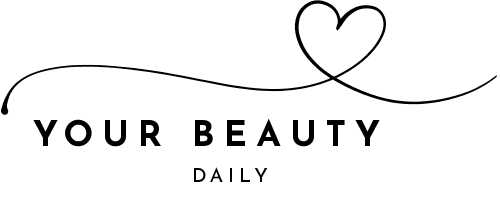
How e-signatures help streamline the healthcare industry
The Covid-19 pandemic disrupted many industries, with its impact most evident in the healthcare system. They directly deal with the crisis which also puts them at the most risk. The surge of medical-related activities pushed health professionals to think of safer and more convenient processes for everyone.
Other institutions like commercial establishments and schools rely on available technology to continue their operations. For instance, fitness coaching can now be done through video and voice calls. Likewise, the healthcare sector uses similar platforms. Physicians hold “telemedical” consultations which not only reduce health hazards but also save time and resources.
Digital services also adapt to the changing behavioral landscape of patients who have become more reliant on their mobile phones to get things done. These progressive methods will help expedite functions and improve patients' experience with or without a health crisis. And one way to achieve such developments is through electronic signature or e-signature.
You might wonder, how can a simple digitized writing streamline medical processes? And, is automating less safe compared to the traditional pen and paper signatories? Take a look at how e-signatures can benefit the healthcare system.
Less redundancy
Digital signatures can be just as legally binding as their handwritten counterpart. One difference with e-signatures is you lose the need to manually sign multiple times in one seating. A single e-signature can be valid across several pages and medical documents. It can potentially cut the time before the patient can receive medical attention. It also saves less physical and mental effort, particularly for patients in weaker conditions.
Security and Accuracy
It is easy to misjudge e-signatures as less secure since handwritten ones are more tangible. But this is what exactly makes the former a secure option. Pen on paper documents are easier to tamper with, having only physical interventions or encasements as protection. E-signature, on the other hand, has secure encryption that denies unauthorized parties access.
Forging is nearly impossible to happen since their software validates and tracks where your e-signature is used. Lapses with its usage are quickly identified and resolved. E-signatures are also usually attached to computerized documents, making the information more legible. It is particularly relevant in prescriptions where a doctor’s handwriting may cause confusion, which at its worst could lead to patients getting injured and hospitals getting exposed to medical malpractice lawsuits.
Better Safekeeping
Physical paperwork can be prone to misplacement or loss, unlike its automated counterparts uploaded in a more reliable and secure cloud. They also require more work to organize and file, and the same, if not more, effort when finding a specific medical record. It could end up with you scouring through the entire filing cabinets. With digitally signed and stored documents, information can be readily available through an efficient interface. Document management is centralized and better organized. Pen signed documents also have the potential to fade and their paper to deteriorate over time. It can cause problems during audits of medical bills and potentially lead to patients paying the bill again.
More time and less cost
Aside from less physical exertion, e-signatures also cut the costs of paper, printing, and other related items. Documents don’t have to be mailed, since you can access your legitimate medical data anytime, anywhere. This kind of convenience alleviates the burden of medical workers. Administrative work constitutes a big bulk of their work . The time and energy can be redirected to the primary goal which is to improve others’ total well-being – no need to split your time between patients and paper. With less work on their shoulders, it lessens the tendency for burnout.
Patient Satisfaction
At the end of the day, medical workers use these innovative interventions to provide a more efficient and healing environment. Less paperwork to accomplish means signees can have a seamless experience and instead focus on their well-being. These delays can be minor, but imagine if there is a whole queue of patients. Their delays exponentially add up to those of the people behind the line. E-signatures do not simply make the process less hassle. For some patients, a few seconds can be a matter of life and death.

















